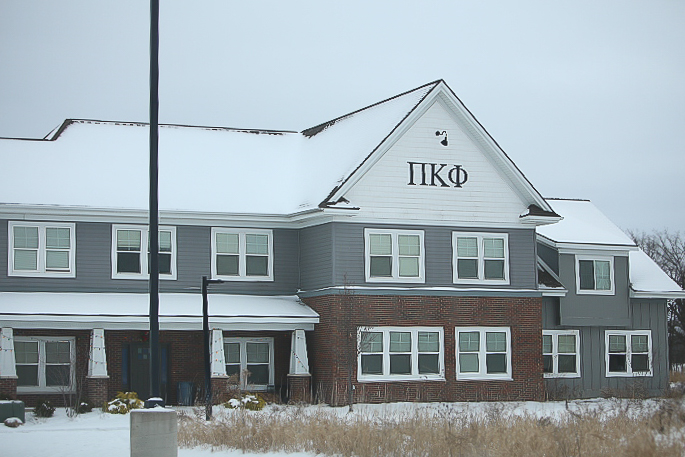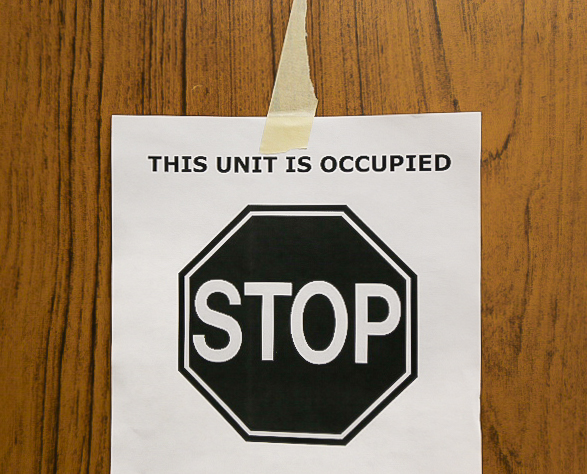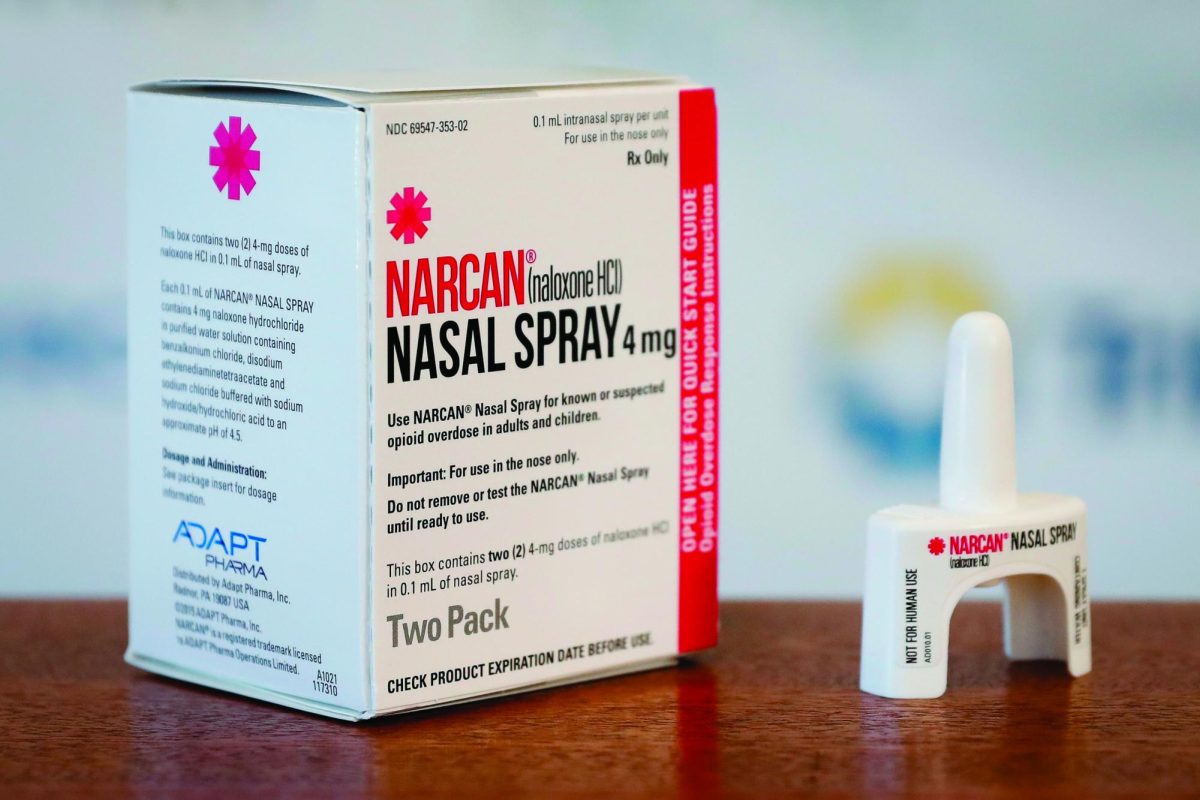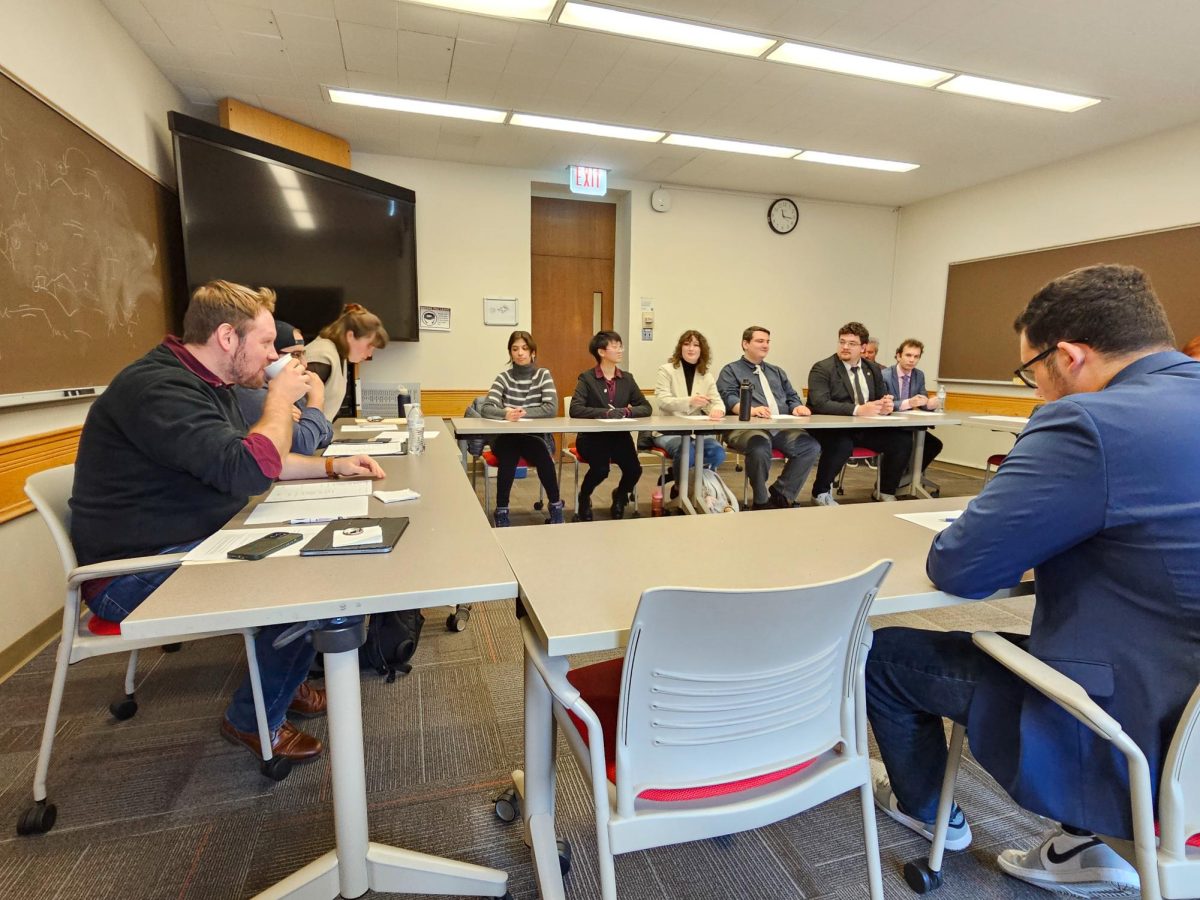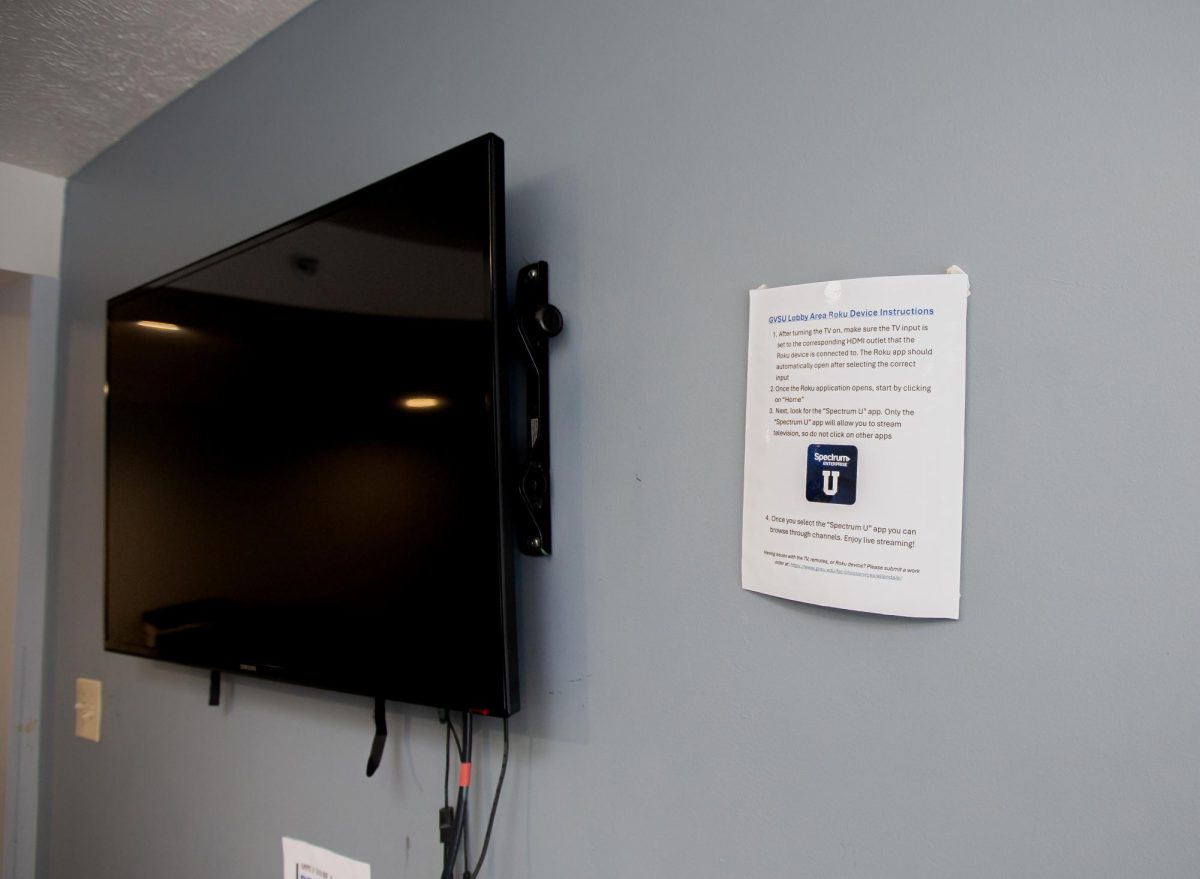Message from Dean Antczak
Apr 3, 2011
Message from Dean Antczak
*******************
Colleagues, I’ve just sent this to members of our CLAS Alumni Board. It may give you some talking points.
Friends of the CLAS Alumni Board,
You may have been seeing stories in the paper about administrative salaries at GVSU and elsewhere. Without context, these stories can fit nicely into somebody’s agenda-driven narrative about waste at public universities. I thought I might add enough of that context—not drown you in all the statistics for this complex place, but enough for perspective—so that you, as a member of the CLAS Alumni Board, might have talking points about Grand Valley when the topic comes up. It goes almost without saying that we need you to participate in such conversations, because you bring such credibility to the party.
Let’s begin with the rhetoric. The Press wrote about a “nearly 50 percent increase in administrative pay” since 2005. It is not the case that any single administrator is making nearly 50% more than five years ago; but we do have several more people on the Grand Valley payroll who qualify as “administrators”: this includes career advisors, our new lab safety officer, and the Development people hired for the campaign.
Although the new Development employees don’t work in CLAS, let me begin by saying a good word for them: as the state cuts the allocation more and more, we have more and more need for private fundraising—and we’re still in a capital campaign, an occasion when it’s normal and sensible to put on some extra help. Just so you know, the Snyder cuts would take us down to just 17% of our budget coming from the state; shortly thereafter, WGVU radio asked President Haas if we are to the point of having been largely privatized by the state. He said, “We really are. That is not a statement of hyperbole. If we get state appropriation with a 22% budget cut which will bring us to about just over $2,100 per student, the private institutions I know, for needy students, get about $2,100 per student. So, in effect, Grand Valley has to operate as a tuition driven, independent school but with a public purpose.”
Another way to do that is to attract external grants and contracts; in the last six year, grants to GVSU have gone from $12 million to $24 million, so in a real sense some of these new folks pay for themselves and more.
Fine, fine, but what about those salaries? Well, would we ask this question in this way if we were stockholders of a company that was doing its job better and better? In the last decade enrollment grew at GVSU 53.9%—the market is making a consistent judgment about our quality; we’re absolutely on the rise. GVSU’s administrative spending, as the Press story documented, has “remained steady as a percentage of budget since 1994-95, while the cost per degree has dropped by 15 percent.” Let me say that again: at GVSU, the cost per degree is going down. President Lincoln, when told that General Grant was drinking, said he wanted to send a barrel to his other generals; the question that should be asked, at least by those who care about the constant improvement of how GVSU achieves its mission, is “Where can we get us more such administrators?”
But there are so many, a 48% increase! Well, here’s the tyranny of percentages, a tyranny I usually hate because of the way tuition increases get reported at a different time of year: the already expensive places have bigger dollar increases, but the media (for reasons I can’t fathom) report only the percentages. So they’re off the
hook, while institutions like Grand Valley that have been keeping tuition costs low are punished for their frugality. As we all know, though evidently the media don’t, parents don’t pay percentages, they pay dollars! But I digress a little: we “increased” from being the least-administrated of the 15 Michigan public institutions (computed on
the ratio of students to administrators) to the third-least adminisstudents, compared to our 24,541). A jump in percentage, perhaps, but only because we have long been so far behind the administrative loads of Michigan public universities of 20,000 students. If we had been compared to them, the increases would have been hardly noticeable as a
percentage.
And then you have to consider how much, relatively speaking, our administrators are paid. Tom Haas makes $225,000; Mary Sue Coleman (at U of M) makes $575,000. In administering what you already know is a fairly large and complex college, I made this year 42% of what my opposite number at Michigan made—what he made in 2007-08, the last year I could find a public report. You probably do know that GV employees had a salary freeze this past year, and the university proactively upped employees’ contribution towards health insurance to 20%, the figure at which the legislature wants every public employee’s contribution to eventually be. Despite that, contributions to the faculty and staff annual giving campaign are up (at levels that put most universities to shame).
We’re a frugal bunch, even though we run a big, and persistently growing, operation. We need administrative staff to seek external funds to replace the state’s withdrawals (25 years ago the state contributed 68% of GV’s budget) , to tell our story accountably to the public (including those state bureaus which demand more and more information),
to plan sustainably, to keep the technological house going and going safely, to be compliant with complex state and federal regulations, to serve the needs of increasingly diverse students, to grow more inclusive, and above all to allow faculty’s focus to remain on teaching. In fact, each of the “administrators” in my office—Monica Johnstone,
Gary Stark, Mary Schutten, Jann Joseph, and I—are also teachers, we’ve all taught courses this year. Not a peep from the press about that; didn’t fit the metanarrative, I guess. But it has the advantage of being true.
Grand Valley is the leanest university I’ve ever worked for. We offer a great education, and more and more students want to come here, as the
costs go down. That’s something of which we should all be proud. I hope you help us get that word out.
~Fred




